When browsing cannabis strains or purchasing cannabis at a shop, you may notice strains are commonly broken up into three distinct groups: indica, sativa, and hybrid. Most consumers have used these two cannabis types as a touchstone for predicting effects:
- Indica strains are believed to be physically sedating, perfect for relaxing with a movie or as a nightcap before bed.
- Sativas are said to provide invigorating, uplifting cerebral effects that pair well with physical activity, social gatherings, and creative projects.
- Hybrids are thought to fall somewhere in between, offering a balance of indica and sativa effects.
This belief that indicas, sativas, and hybrids deliver distinct effects is so deeply rooted in mainstream cannabis culture that budtenders typically begin their strain recommendations by asking you which of these three types you prefer.
But if you look at the chemical “ingredients” inside of indicas and sativas—that is, terpenes and cannabinoids (more on that below)—you’ll notice there aren’t clear patterns to explain why one type would be inherently sedating and the other uplifting. We know that indica and sativa cannabis strains can look different and grow differently, but this distinction is primarily useful only to cannabis growers.

To find a strain that will provide the desired effect, your best bet is to understand which chemical ingredients make up that strain. Using Leafly’s Cannabis Guide, you can rely on simple shapes and colors to visually understand what your favorite strains look like, chemically speaking. And when you use the chemical ingredients of a strain to guide your purchasing decision, you’re more likely to find the types of strains that agree with your body. You can learn more about how the Cannabis Guide works in this walkthrough.
Dive into the Cannabis Guide
In this article, we’ll explore how the words “indica” and “sativa” made it into the vernacular of cannabis consumers worldwide, and to what extent they’re actually meaningful when choosing a strain.
Indica vs. sativa effects: What does the research say?
The indica, sativa, and hybrid system is no doubt convenient, especially when first entering the vast, overwhelming world of cannabis. With so many strains and products to choose from, where else are we to begin?
“The clinical effects of the cannabis chemovar have nothing to do with whether the plant is tall and sparse vs. short and bushy, or whether the leaflets are narrow or broad.”Ethan Russo, cannabis researcher and neurologist
A more useful starting point would be cannabinoids and terpenes, two words you should put in your back pocket if you haven’t already. We’ll get to know these terms shortly.
But first, we asked two prominent cannabis researchers if the sativa/indica classification should have any bearing on a consumer’s strain selection. Ethan Russo is a neurologist whose research in cannabis psychopharmacology is respected worldwide, and Jeffrey Raber, Ph.D., is a chemist who founded the first independent testing lab to analyze cannabis terpenes in a commercial capacity, The Werc Shop.
“The way that the sativa and indica labels are utilized in commerce is nonsense,” Russo told Leafly. “The clinical effects of the cannabis chemovar have nothing to do with whether the plant is tall and sparse vs. short and bushy, or whether the leaflets are narrow or broad.”
Raber agreed, and when asked if budtenders should be guiding consumers with terms like “indica” and “sativa,” he replied, “There is no factual or scientific basis to making these broad sweeping recommendations, and it needs to stop today. What we need to seek to understand better is which standardized cannabis composition is causing which effects, when delivered in which fashions, at which specific dosages, to which types of [consumers].”
What this means is not all sativas will energize you, and not all indicas will sedate you. You may notice a tendency for so-called sativas to be uplifting or indicas to be relaxing, especially when we expect to feel one way or the other. Just note that there’s no hard-and-fast rule and chemical data doesn’t reflect a clear pattern.
If indica and sativa aren’t predictive of effects, then what is?
The effects of any given cannabis strain depend on a number of different factors, including the product’s chemical profile, your unique biology and tolerance, dose, and consumption method. Understand how these factors change the experience and you’ll have the best chance of finding that perfect strain for you.
Cannabinoids
The cannabis plant is composed of hundreds of chemical compounds that create a unique harmony of effects, which is primarily led by cannabinoids. Cannabinoids like THC and CBD (the two most common) are the main drivers of cannabis’ therapeutic and recreational effects.
- THC (Δ9-tetrahydrocannabinol) makes us feel hungry and high, and relieves symptoms like pain, nausea, and more.
- CBD (cannabidiol) is a non-intoxicating compound known to alleviate anxiety, pain, inflammation, and many other medical ailments.
-
Cannabis contains dozens of different cannabinoids, but start by familiarizing yourself with THC and CBD first. Instead of choosing a strain based on its indica or sativa classification, consider basing your selection on these three buckets instead:
- THC-dominant strains are primarily chosen by consumers seeking a potent euphoric experience. These strains are also selected by patients treating pain, depression, anxiety, insomnia, and more. If you tend to feel anxious with THC-dominant strains or dislike other side effects associated with THC, try a strain with higher levels of CBD.
- CBD-dominant strains contain only small amounts of THC and are widely used by those highly sensitive to THC or patients needing clear-headed symptom relief.
- Balanced THC/CBD strains contain similar levels of THC and CBD, offering mild euphoria alongside symptom relief. These tend to be a good choice for novice consumers seeking an introduction to cannabis’ signature high.
Cannabis strains present three distinct cannabinoid profiles called “chemotypes.” Space Queen is an example of a THC-dominant strain (as shown by diamond shapes), Canna-Tsu contains an approximate balance of THC and CBD (composed of both diamonds and circles), and Sour Tsunami has very little THC, but elevated levels of CBD (made up of only circles). (Leafly)
It’s worth noting that both indica and sativa strains exhibit these different cannabinoid profiles. “Initially most people thought higher CBD levels caused sedation, and that CBD was more prevalent in indica cultivars, which we now know is most definitely not the case,” Raber told Leafly.
Terpenes
If you’ve ever used aromatherapy to relax or invigorate your mind and body, you understand the basics of terpenes. Terpenes are aromatic compounds commonly produced by plants and fruit. They can be found in lavender flowers, oranges, hops, pepper, and of course, cannabis. Secreted by the same glands that ooze THC and CBD, terpenes are what make cannabis smell like berries, citrus, pine, fuel, etc.
“Terpenes seem to be major players in driving the sedating or energizing effects.”Jeffrey Raber, Founder of the Werc Shop
One question yet to be answered by research is how terpenes—and different combinations of those terpenes—shape the effects of different cannabis strains.
“Terpenes seem to be major players in driving the sedating or energizing effects,” Raber said. “Which terpenes cause which effects is apparently much more complicated than all of us would like, as it seems to [vary based on specific] ones and their relative ratios to each other and the cannabinoids.”
There are many terpenes found in cannabis, and it’s worth familiarizing yourself with the most common—especially myrcene, caryophyllene, limonene, and terpinolene, since they’re the most likely to occur in pronounced levels in cannabis.
-
If you can, smell the strains you’re considering for purchase. Find the aromas that stand out to you and give them a try. In time, your intuition and knowledge of cannabinoids and terpenes will guide you to your favorite strains and products.
Biology, dosing, and consumption method
Lastly, consider the following questions when choosing the right strain or product for you.
- How much experience do you have with cannabis? If your tolerance is low, consider a low-THC strain in low doses.
- Are you susceptible to anxiety or other side effects of THC? If so, try a strain high in CBD.
- Do you want the effects to last a long time? If you do, consider edibles (starting with a low dose). Conversely, if you seek a short-term experience, use inhalation methods or a tincture.
There are many factors to consider when choosing a strain, but if you find that indica strains consistently deliver a positive experience, then by all means, stick to what you know. However, if you’re still searching for that ideal strain, these are important details to keep in mind.
-
CBD vs. THC in indicas, sativas, and hybrids
Could it be that indicas and sativas feel different because they produce different levels of THC and CBD on average? To find out, we used lab-sourced data to determine the average abundance of each cannabinoid across sativa, indica, and hybrid strains (excludes CBD-dominant and balanced strains).
Taking the average THC levels across indica, sativa, and hybrid strains, we can see that THC-dominant strains—regardless of their plant type—present approximately the same average and range of THC. So it’s unlikely THC accounts for perceived differences between indicas, sativas, and hybrids.
But are there any notable differences in CBD abundance for CBD-containing indica, sativa, and hybrid strains?
Once again, there are very little differences on average between indica, sativa, and hybrid CBD levels.
So if differences in cannabinoid profiles don’t tell the story behind the perceived differences of indica, sativa, and hybrid strains, you might wonder if there’s another chemical explanation.
Terpenes in indica, sativa, and hybrid strains
We know that terpenes are responsible for the different aromas found in cannabis, and early research suggests that they may deliver unique therapeutic benefits. But to what extent do they make a strain energizing or sedating? And are there patterns that would explain why indicas and sativas sometimes feel different?
Let’s take a look at lab data illustrating terpene trends among indicas, sativas, and hybrids.
Above, you’ll find the levels at which indica, sativa, and hybrid strains tend to produce common terpenes. They tend to present relatively similar patterns in terpene profiles with some interesting points of variation—one of which is terpinolene.
Terpinolene is a terpene found at high levels in only a small subset of cannabis strains, most of which are sativas and hybrids. Some terpinolene-dominant strains you’ve probably seen or heard of include Dutch Treat, Jack Herer, Golden Goat, and Ghost Train Haze. You’ll find terpinolene in many strains related to these, like Jack crosses (e.g., XJ-13, J1, Chernobyl) or Golden Goat hybrids (e.g., Golden Pineapple, Golden Ticket), indicating that there may be genetic consistency.
-
Still, a majority of sativa strains are not terpinolene-dominant. But if you’ve tried terpinolene-dominant strains in the past, you’ll have likely noticed they’re similar in effect.
What this suggests is that strains with similar cannabinoid and terpene combinations may offer more reliable consistency in effects.
Terpene profiles also allow us to deepen our understanding of potential variations within each cannabis type. Let’s take three hybrid strains for example—ACDC, Chernobyl, and OG Kush.
-
Indica and sativa: Origin and evolution of the terms
The words “indica” and “sativa” were introduced in the 18th century to describe different species of cannabis: Cannabis sativa and Cannabis indica. The term sativa described hemp plants found in Europe and western Eurasia, where it was cultivated for its fiber and seeds. Cannabis indica refers to the psychoactive varieties discovered in India, where it was harvested for its seeds, fiber, and hashish production.
Although the cannabis varieties we consume largely stem from Cannabis indica, both terms are used—even if erroneously—to organize the thousands of strains circulating the market today.
-
Here’s how terms have shifted since their earliest botanical definitions:
- Today, “sativa” refers to tall, narrow-leaf varieties of cannabis, thought to induce energizing effects. However, these narrow-leaf drug (NLD) varieties were originally Cannabis indica ssp. indica.
- “Indica” has come to describe stout, broad-leaf plants, thought to deliver sedating effects. These broad-leaf drug (BLD) varieties are technically Cannabis indica ssp. afghanica.
- What we call “hemp” refers to the industrial, non-intoxicating varieties harvested primarily for fiber, seeds, and CBD. However, this was originally named Cannabis sativa.
With the mass commercialization of cannabis, the taxonomical distinctions between cannabis species and subspecies got turned on its head and calcified. But now that you understand that there’s more to a strain than its indica, sativa, or hybrid designation, it’s worth thinking about how to shop for the right strain on your next dispensary visit.
How to shop for cannabis without saying ‘indica’ or ‘sativa’
What’s important to you as a consumer shopping for a specific mood has everything to do with potency, dose, and chemical profile (i.e., cannabinoids and terpenes).
That’s the beauty of the Leafly Cannabis Guide—it allows you to easily identify which strains are chemically similar, so you have a better chance of finding (or avoiding) particular chemical profiles.
-
Let’s say you’re prone to anxiety and looking to avoid an uncomfortable, racy experience. If you tell a budtender you hate sativas because they make you anxious, they may hand you a THC powerhouse like White Fire OG simply because it’s not a sativa. Meanwhile, a “sativa” like Harlequin—with low levels of THC and high levels of CBD—might actually be a better fit.
Although it isn’t as simple as grouping strains into the indica-sativa-hybrid triumvirate that has long been our compass while navigating menus, try using potency to guide you. You may find that a strain packing 25% THC isn’t as enjoyable as that very fragrant strain tapping in at 16%, or the balanced THC/CBD variety that provides 10% of each cannabinoid.

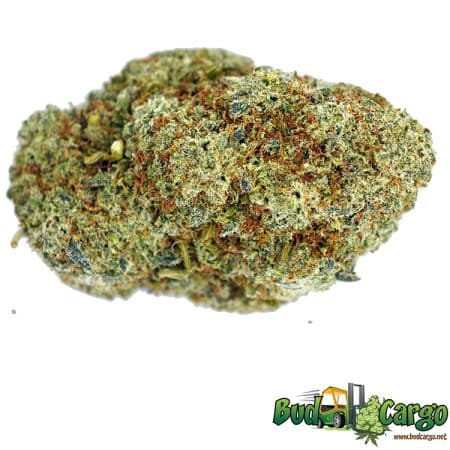
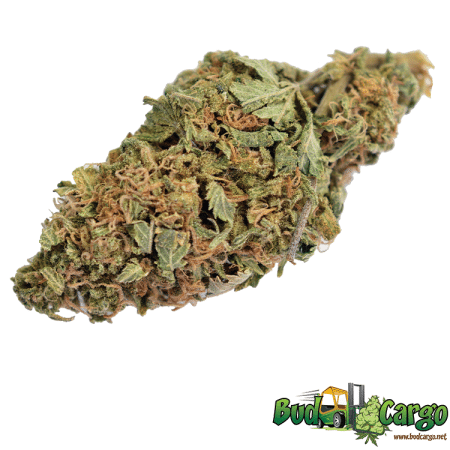
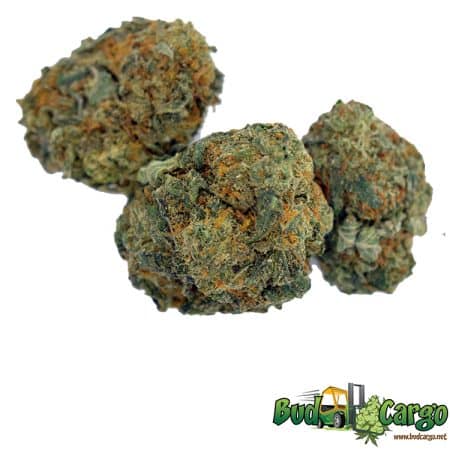
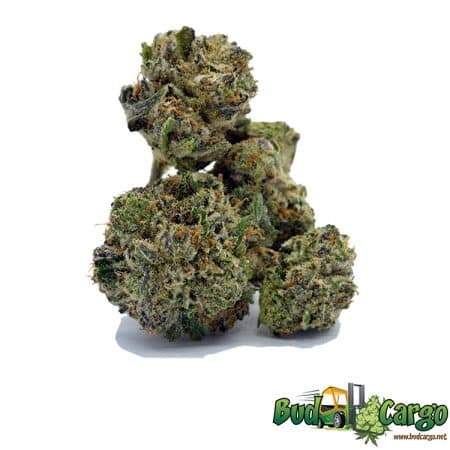
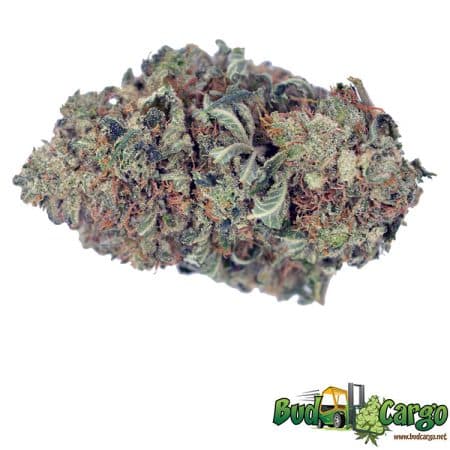
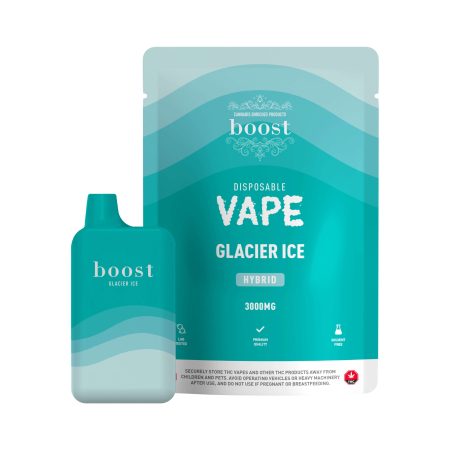
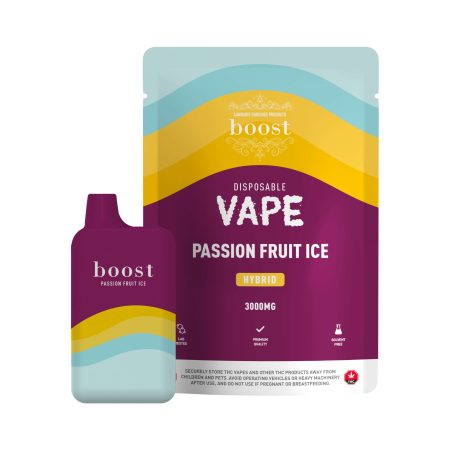
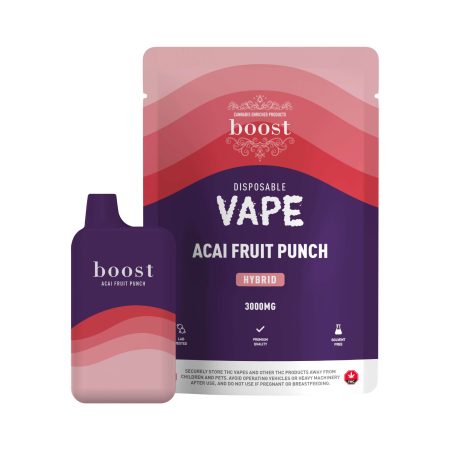

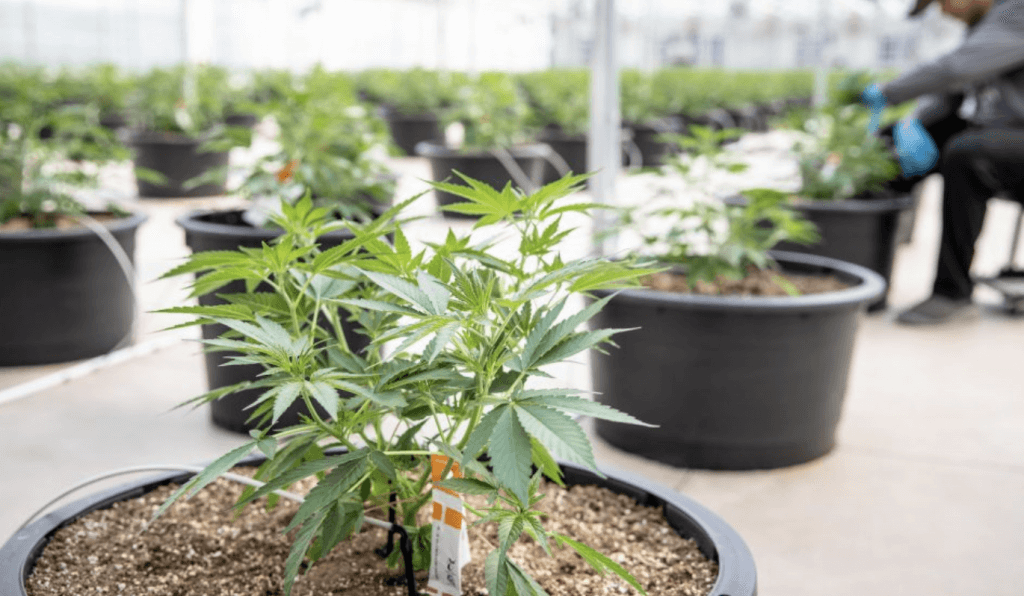
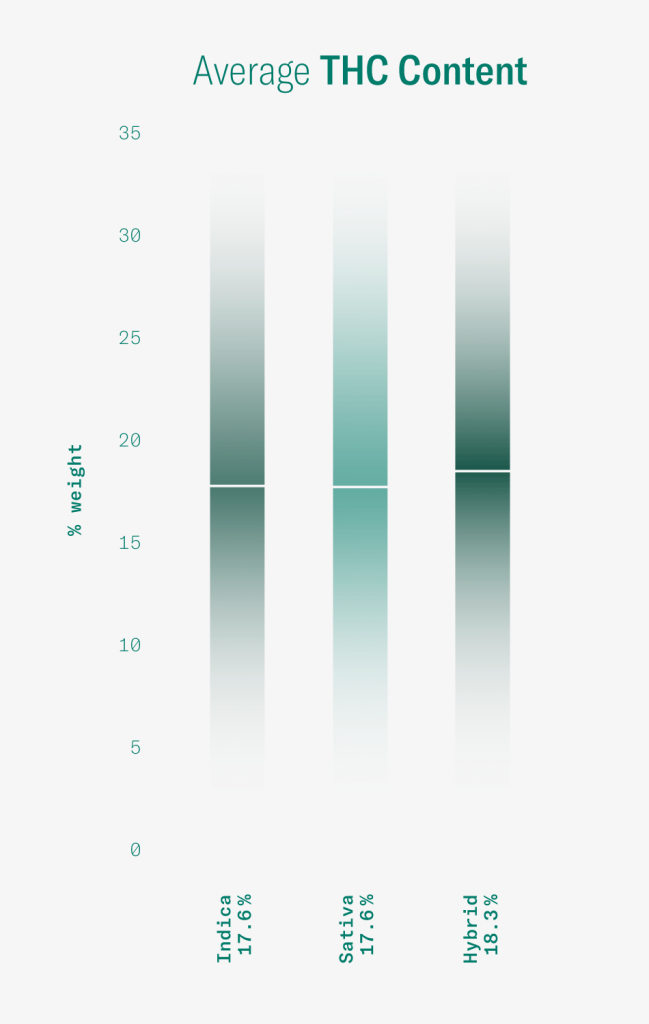

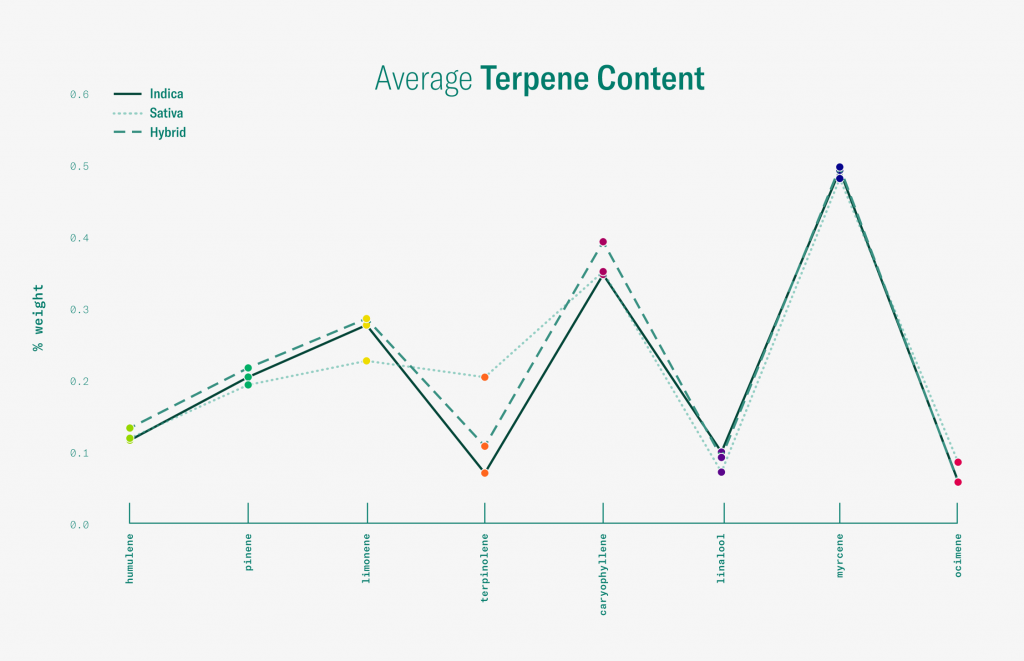
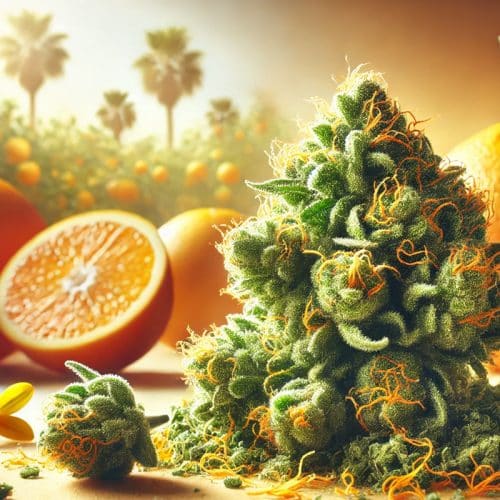
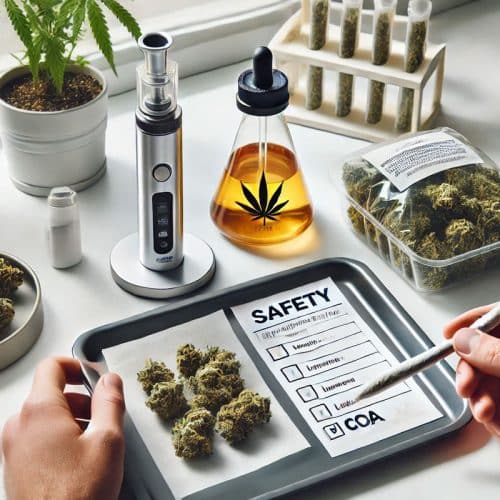

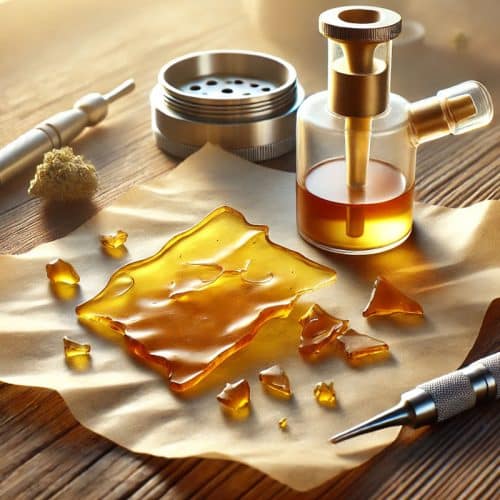
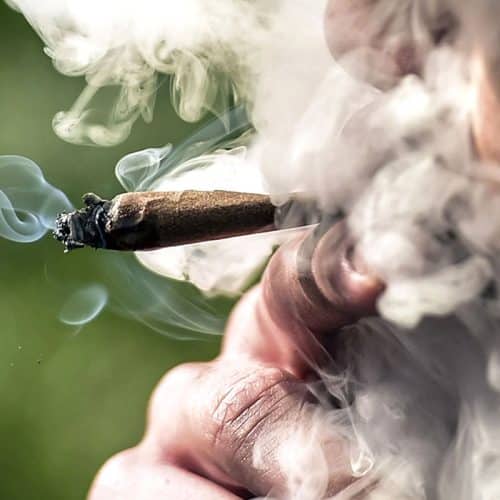





You must be logged in to post a comment.